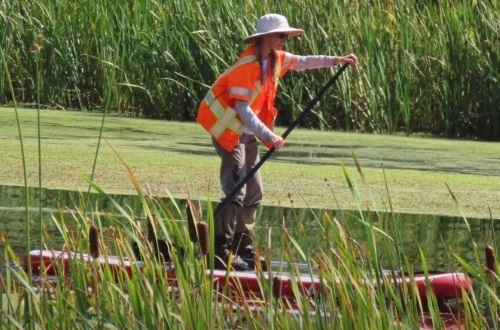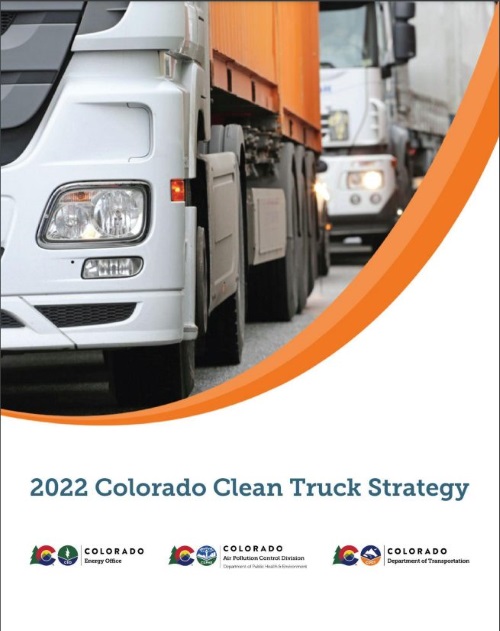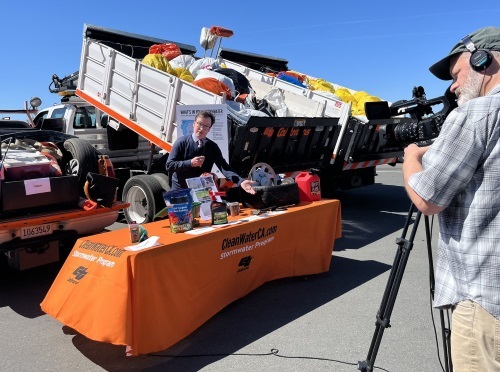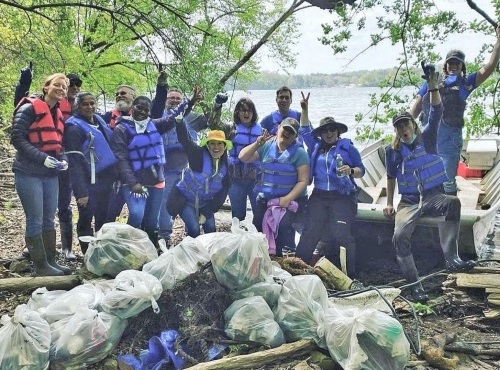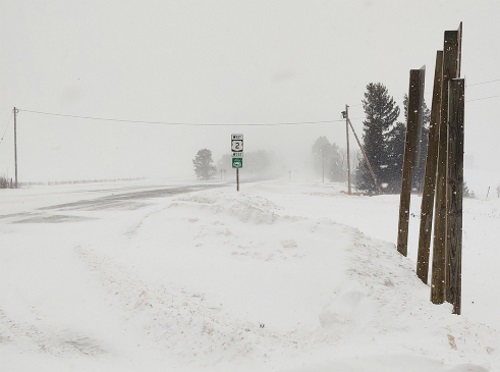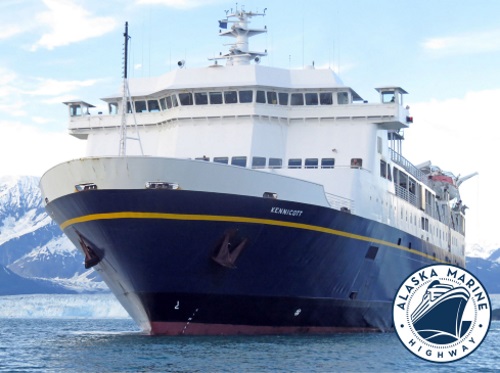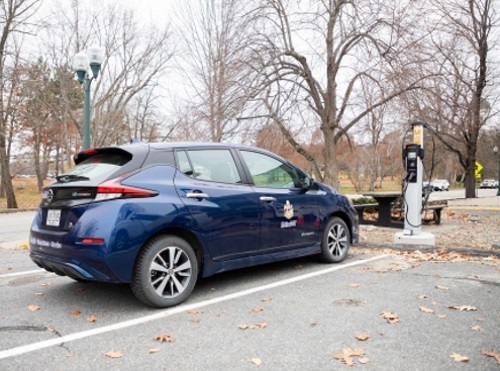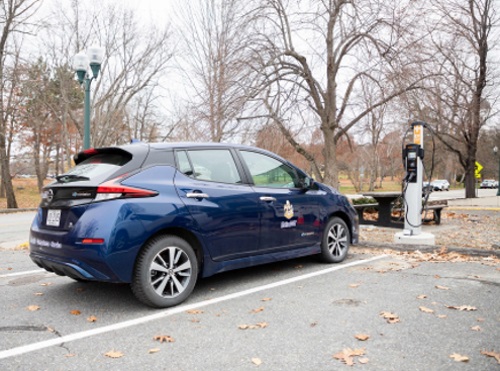The Center for Environmental Excellence in partnership with the Federal Highway Administration invites you to join in parts two and three of a three-part webinar series on Resilience. The webinars will include speakers from various state DOTs as well as FHWA and AASHTO. Find further description and registration, as well as recording and meeting materials from the first session below:
Reducing the effects of climate change on transportation infrastructure using natural and nature-based solutions (5/9/22)
Recording and meeting materials: https://environment.transportation.org/past-event/resilience-webinar-series-reducing-the-effects-of-climate-change-on-transportation-infrastructure-using-natural-and-nature-based-solutions/
Integration of climate change projections in hydrologic and hydraulic design in transportation projects (5/31/22)
Registration: https://us02web.zoom.us/webinar/register/WN_Fv4Y68VwTHa9MBe1-lI-gQ
Future climate conditions, including increased precipitation and sea-level rise, are anticipated to impact the structural performance, and therefore, the functionality of our transportation facilities. As such, the integration of climate considerations into the design of transportation facilities is an important step in ensuring that target levels of facility performance are met as climate conditions change. This integration, however, is not yet a standard practice included in hydrologic and hydraulic design. Engineers can benefit from being provided with methods and tools that facilitate the integration of climate considerations, especially of scientific advances that have proven to be effective in engineering decision-making. This webinar will feature selected methods and tools used by transportation agencies in the United States and overseas to account for climate data in the hydrologic and hydraulic design of transportation facilities.
Integrating Natural Hazard Resilience into the Transportation Planning Process (7/6/22) also from 1-2:30 EST
Registration: https://us02web.zoom.us/webinar/register/WN_lpclw6-jTOqLHhRhSLBB6w
Climate change and other natural hazards may threaten lives, property, and other assets. Often, natural hazards can be predicted. They tend to occur repeatedly in the same geographical locations because they are related to the weather patterns and physical characteristics of an area. At whatever stage a planning agency is in its planning cycle, there are resilience-related actions that can be taken in order to begin appropriately integrating natural hazard considerations into the transportation planning process. Currently, there has been a resurgence of interest in resilience-based planning activities due to the frequency of natural disasters, the global movement to fight climate change, and even due to the emphasis on planning for resilience in the recent federal Bipartisan Infrastructure Law. This webinar will provide an overview and integrate key examples showing how transportation planning agencies can most appropriately and effectively integrate resilience into the transportation planning process.

